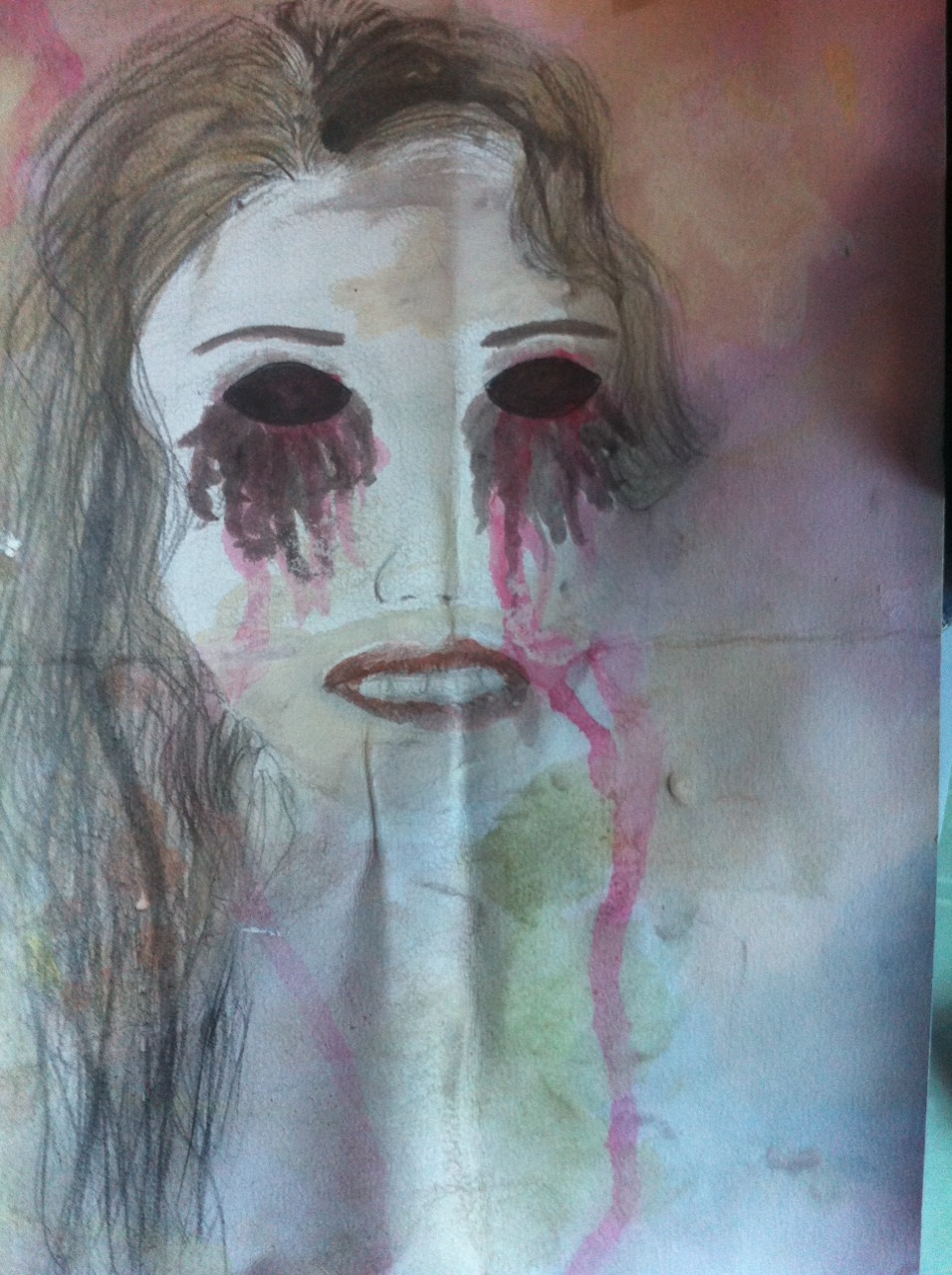Verde que te quiero verde -Fin del semestre
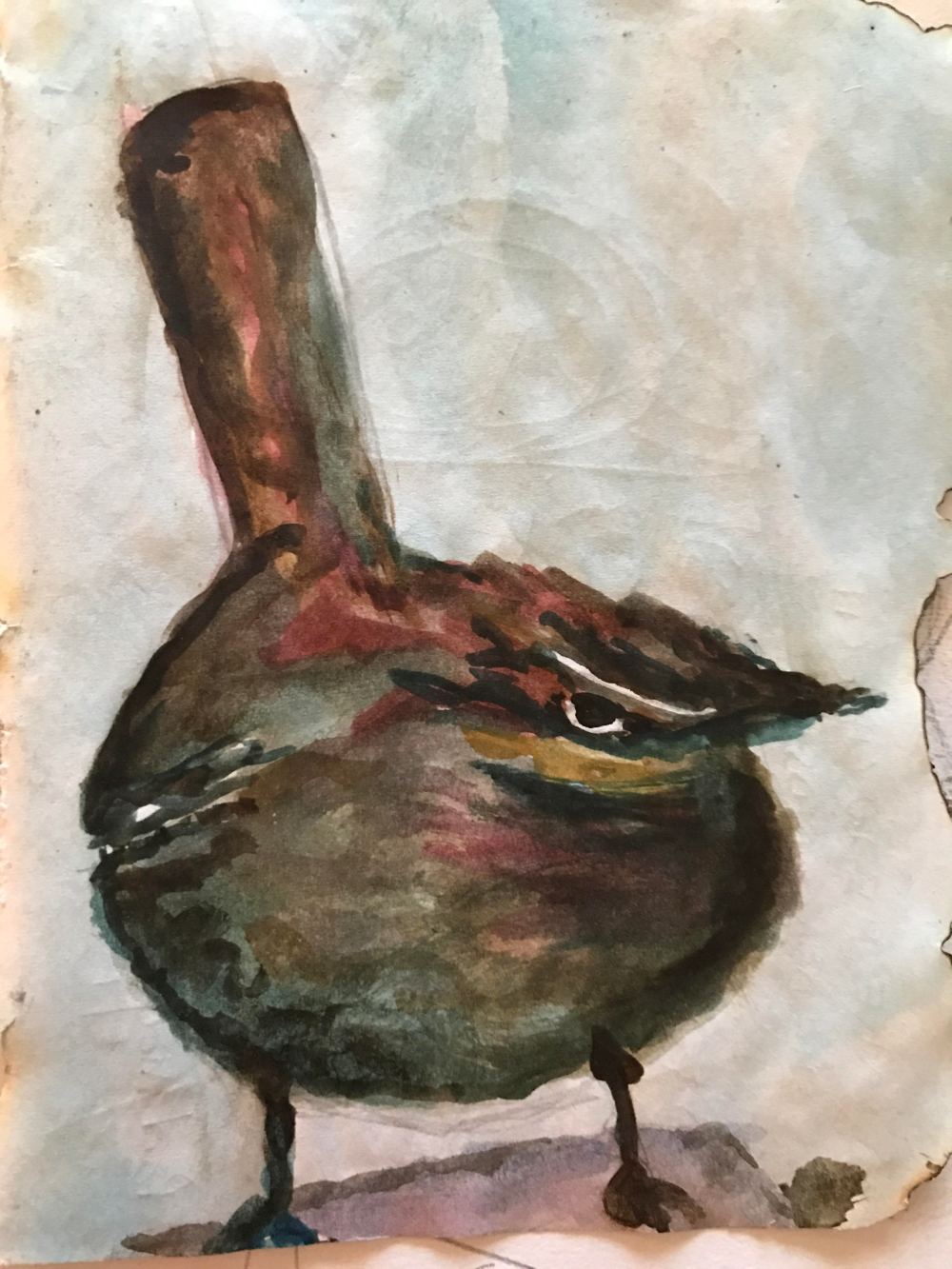
Verde que te quiero verde.
I was thinking of what to write as a final post for a long time. And after lots of thinking and mumbling and reading, I decided to pick up a brush and draw how it made me feel.
I remember saying that this class was my only salvation in my crazy semester. Indeed, my hands automatically drew a bird. The bird is free, strong, determined. Being in this class gave me the strength to persevere and strive forward.
It was interesting for me to revisit the songs, learn beautiful new ones like Luna Tucumana, and more than ever enlightening to learn about los retablos, go in depth about the difference between corridos rancheros boleros and clave, and all the incredible stories that go with them.
It was interesting and enlightening to hear about a new usage of Los Moros – and served as a reminder for me to not be too engaged with a certain word without reflecting on the intention of the person saying them first.
Instead of talking about the background-foreground, or curb corners and street widths, or man and machine, this class was an opportunity to reflect on the human condition. Everybody needs a farolito sometimes, everybody needs to hear la Llorona. Although they’re canciones de mexico, it feels to me like they touch on a part of humanity that no other culture can truly get to. While some songs try to shove a feeling inside you like an insulin needle, the corridos and rancheros specifically try to hug you and embrace you with so much love and melancholy – until you feel the need to hear them again. They leave you thinking, imagining and breathing “verde, que te quiero…. verde”.
I can not understate how much I needed this class this semester, and how much I needed it after long studios with so much focus on the drawings themselves and not enough on the substance. Thank you for giving us the time and tools to reflect, absorb and inund ourselves in the vast sea of las canciones, and for making me convincingly say verde, without thinking of any color or composition, but thinking about a story and an emotion.
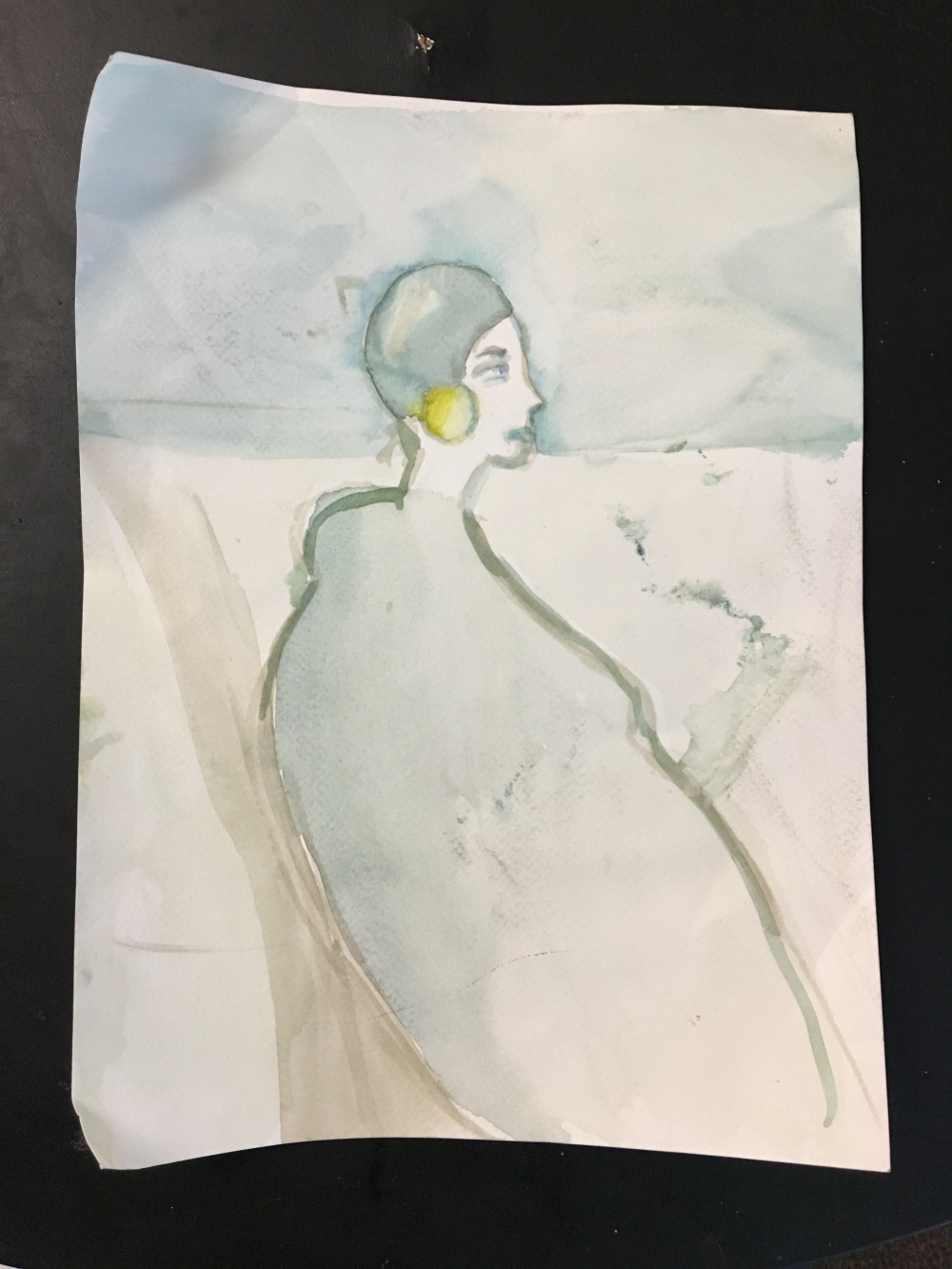
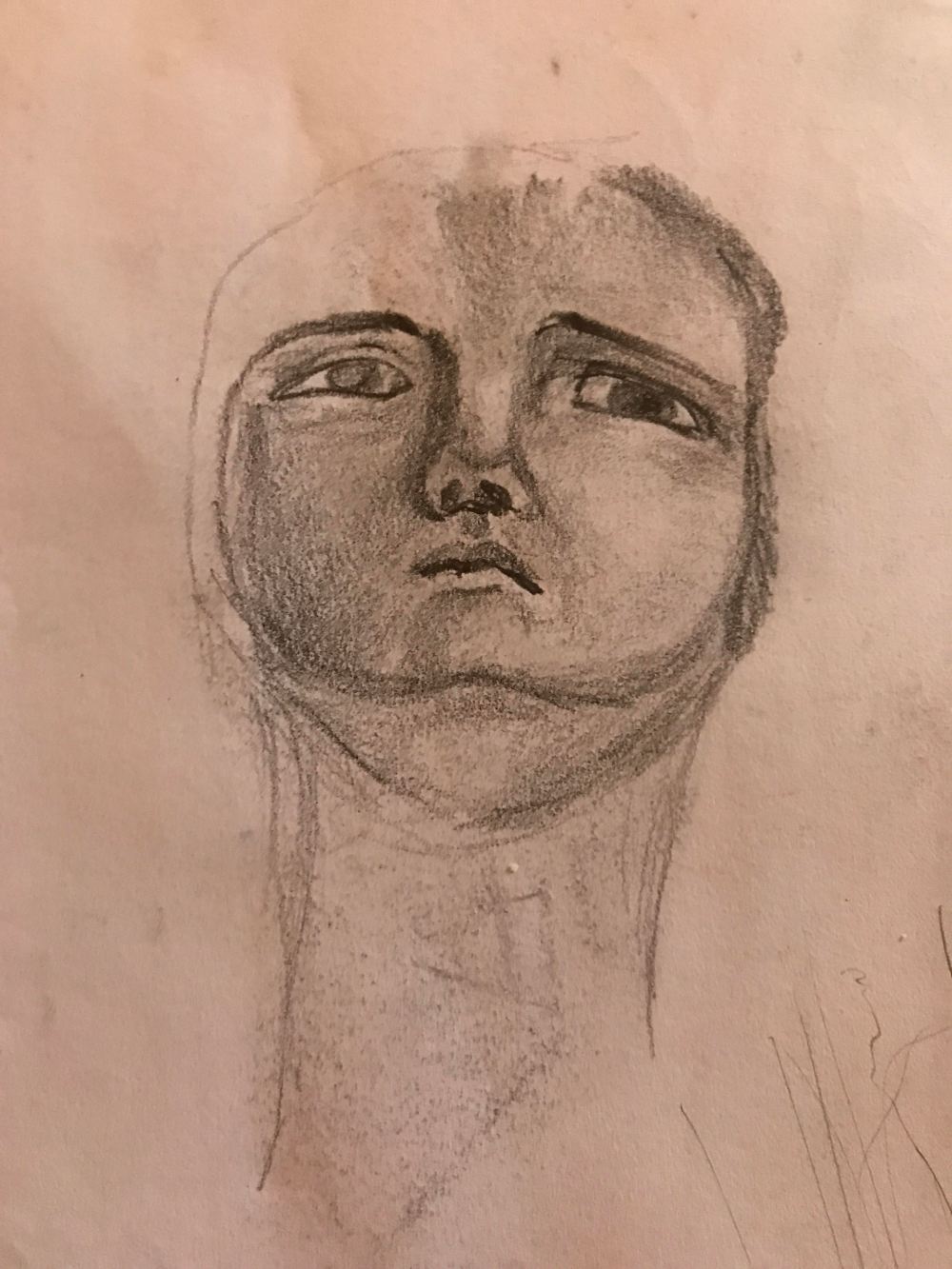
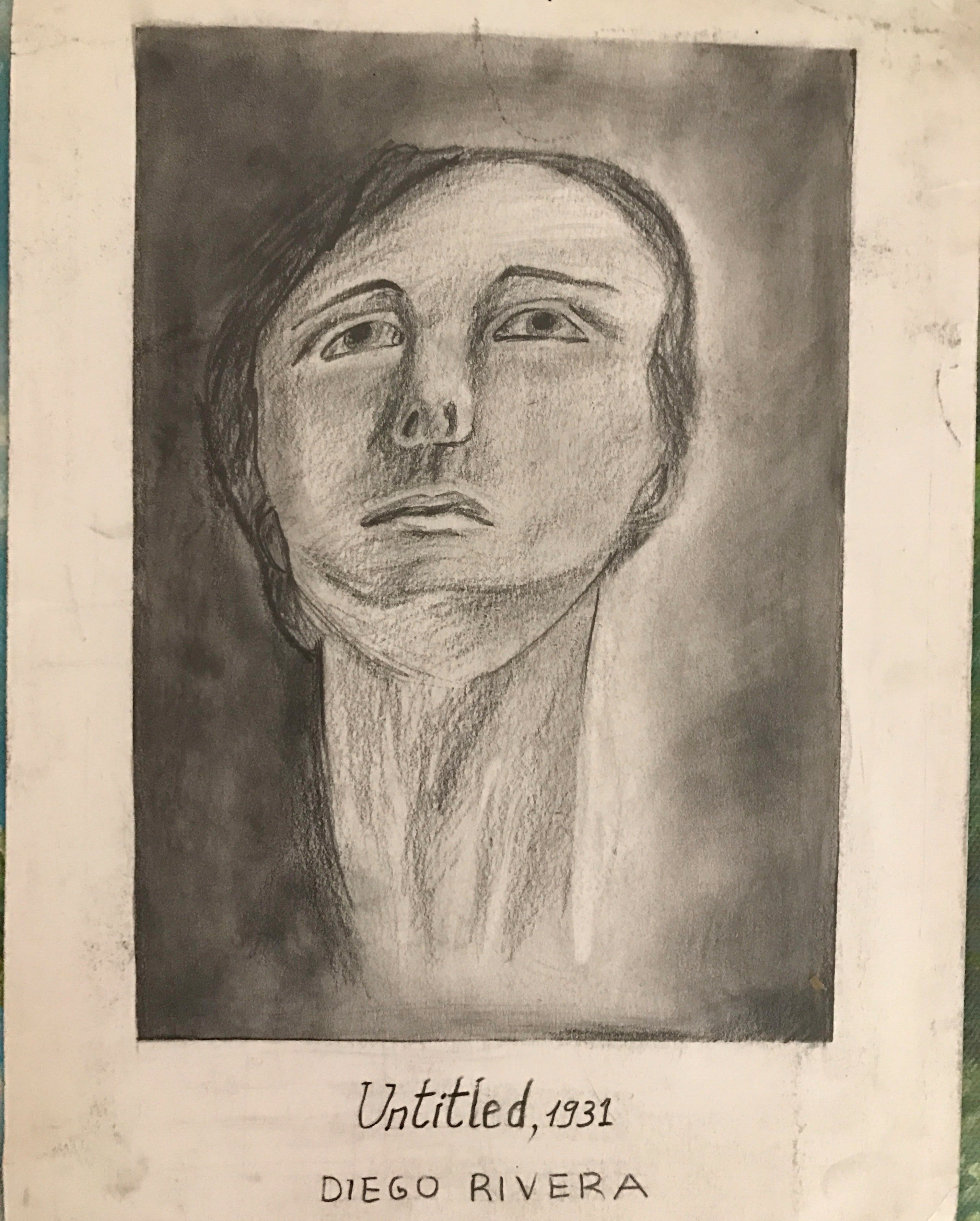
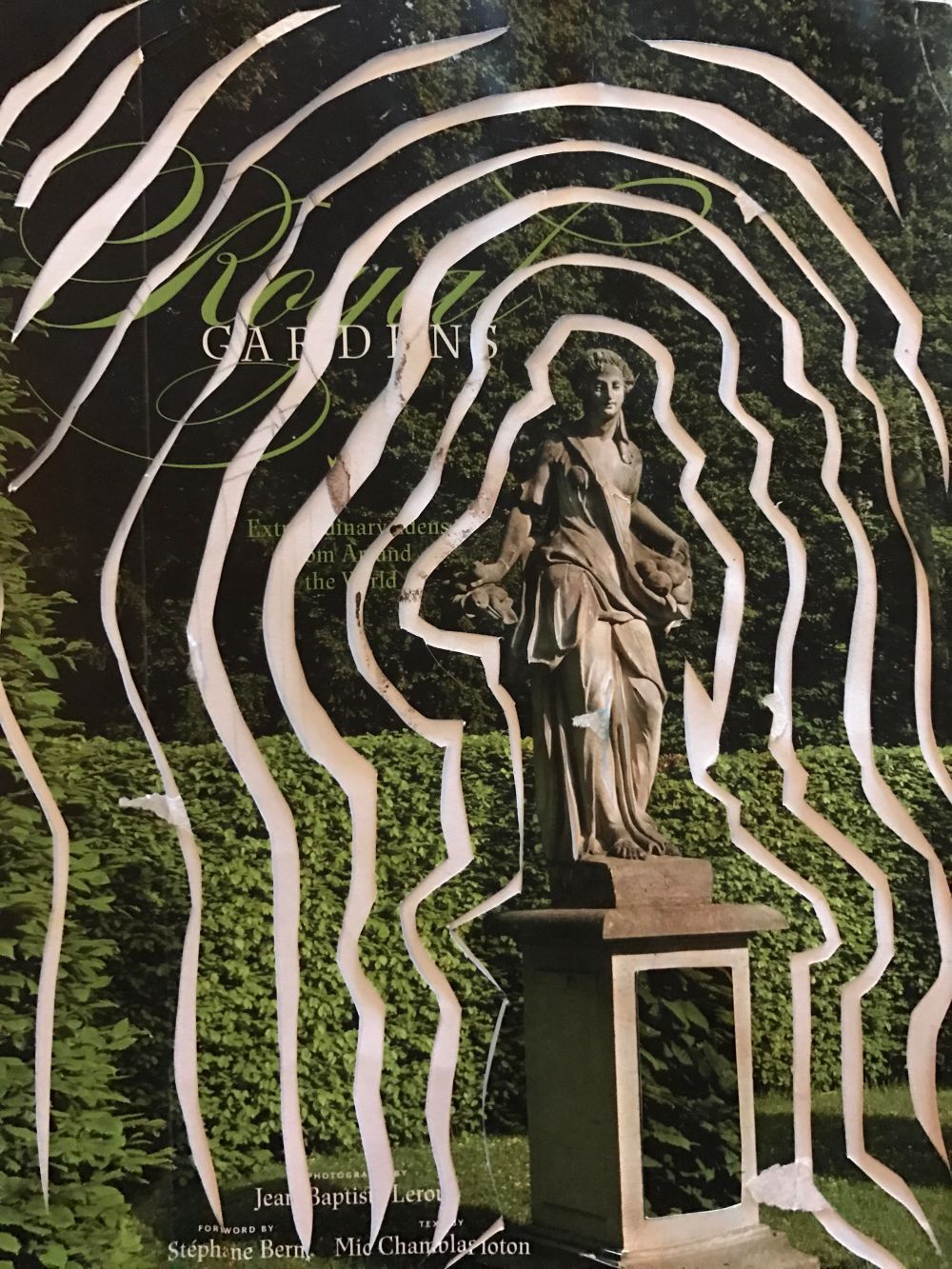
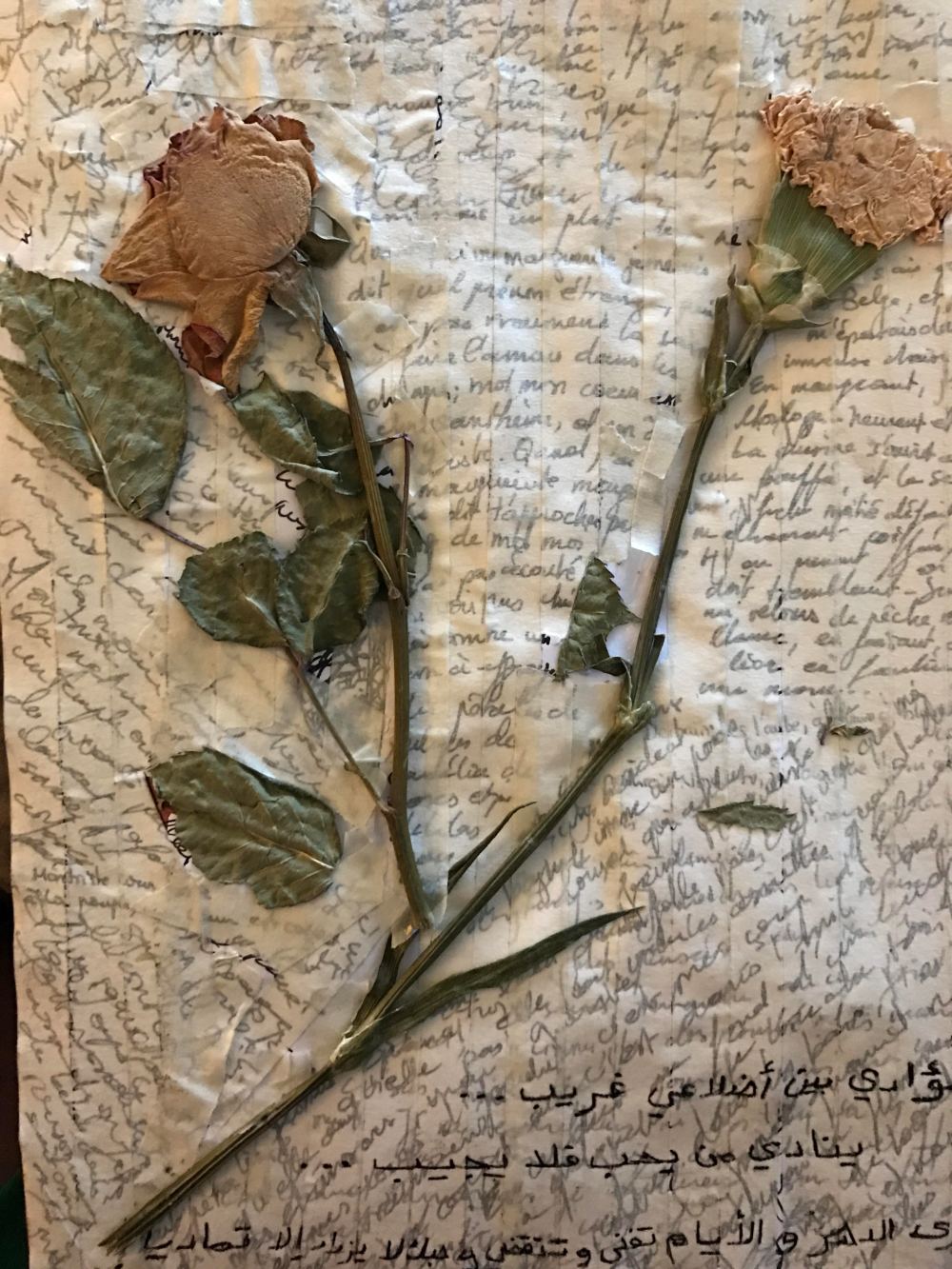
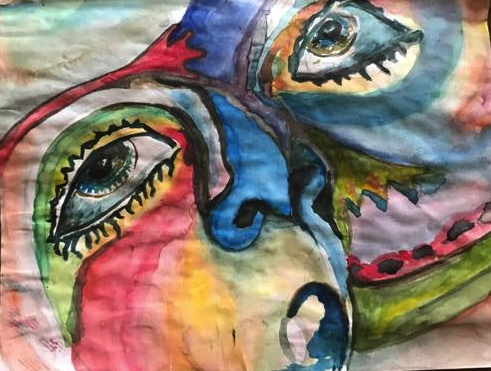
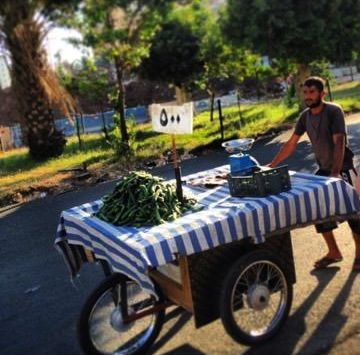
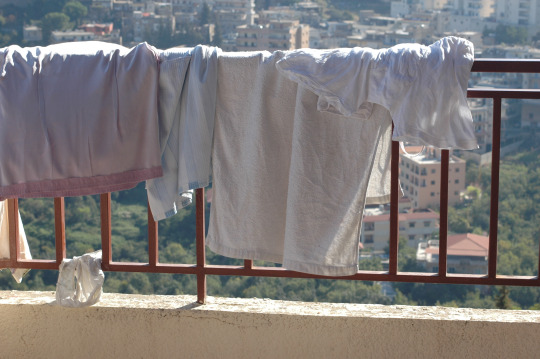

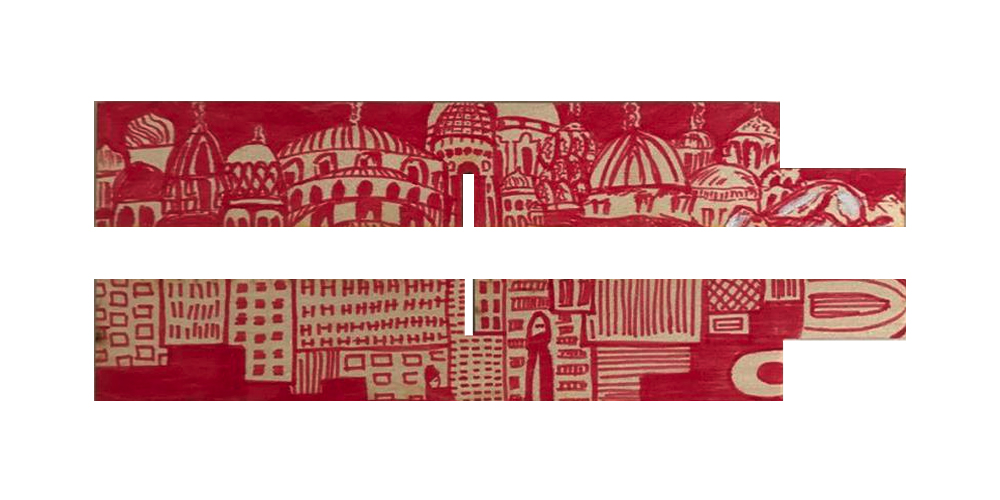
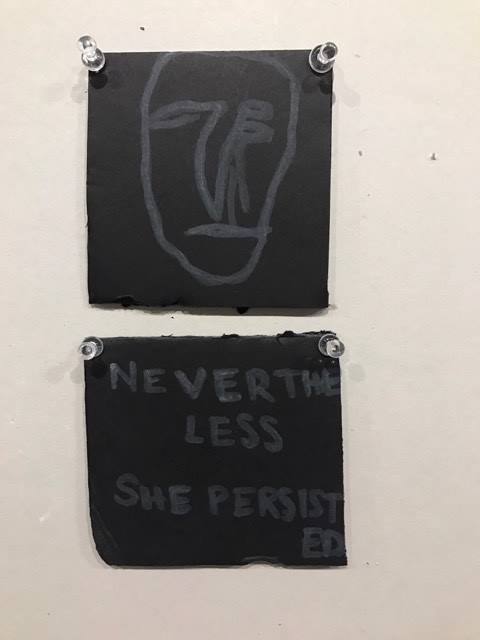
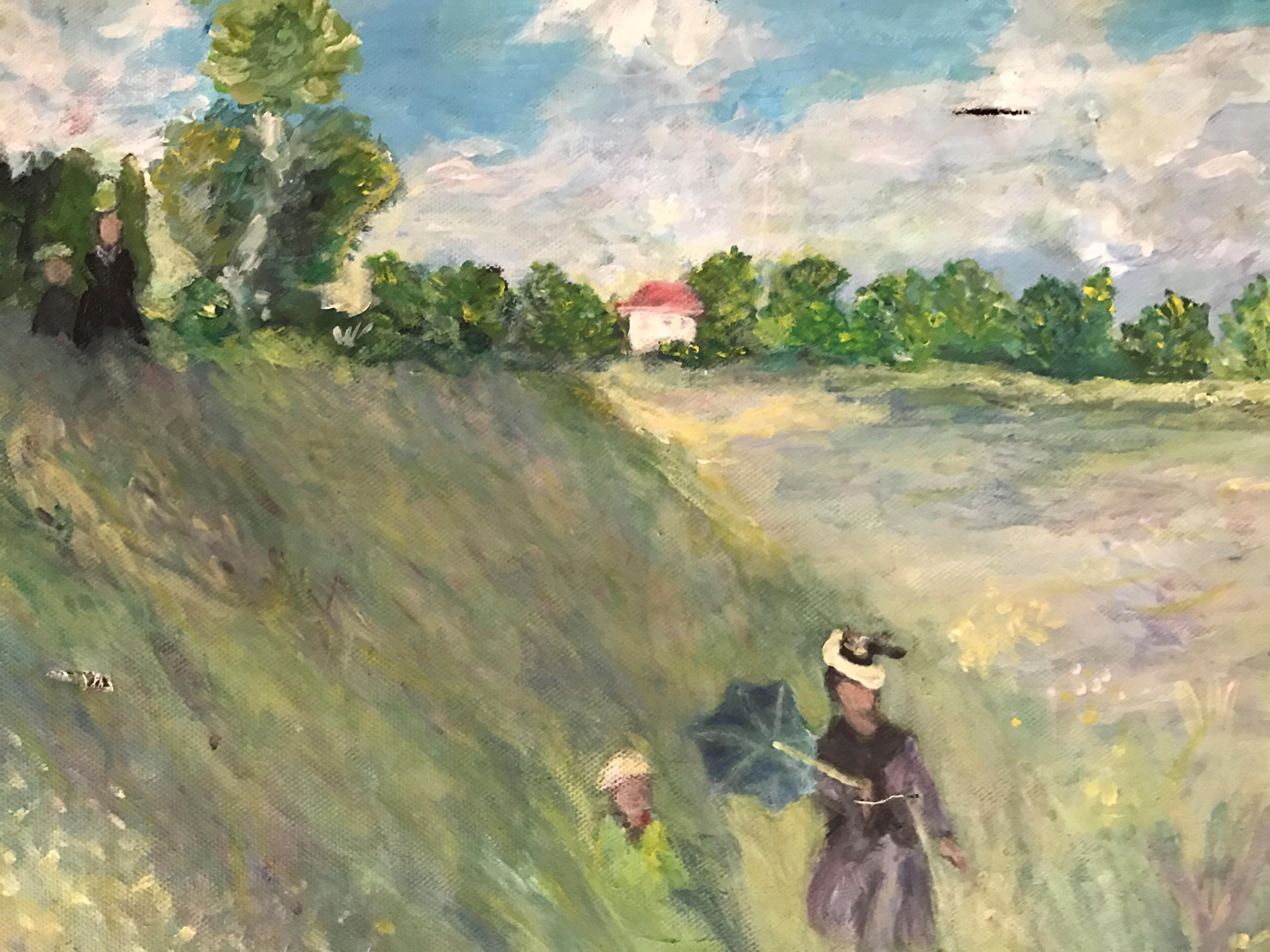 “Lo mas revolucionario hoy en dia es conservar la alegria”
“Lo mas revolucionario hoy en dia es conservar la alegria”